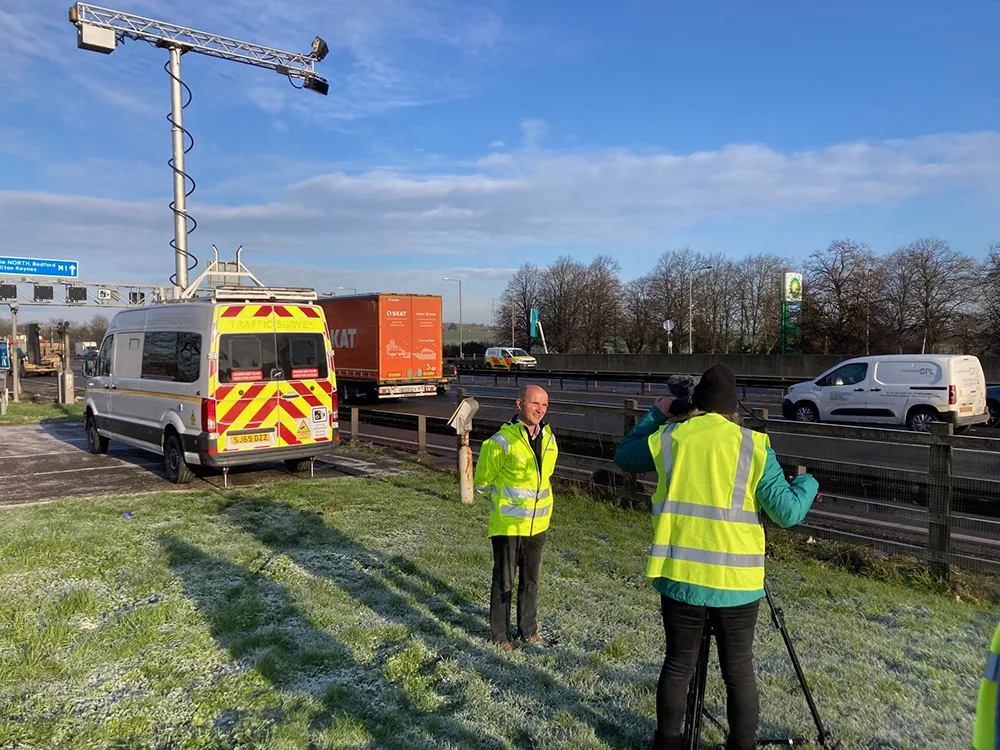The first model, an entry-level product, has a CameraLink interface and operates up to 33KHz with an 8k pixel resolution. It can replace CCD trilinear cameras, enabling system integrators to increase speed or resolution, while reducing the cost of ownership. Its price starts below $3,000 (£2.129) for a single unit.
These cameras can also be customized for clients that require different types of colour filters adapted to their application or specific lighting needs. Sampling of the new range will begin next month.
A high speed CoXPress model for mid-end applications will follow later this year and will share the same form factor and front face mechanics as the CameraLink model. It is intended to provide users with the future flexibility to upgrade to a higher spec model, without changing the underlying system mechanics.
Teledyne e2v launches next-gen trilinear scan cameras
Teledyne e2v has launched a new line of 8k pixel scan cameras suited for industrial applications that require high colour resolution and image sharpness such as print, textile, electronic and PCB inspection. Called the Eliixa+ trilinear colour range, it is said to enable colour images and allow a multi-light set up to discriminate the light coming from different angles in a single scan.
January 24, 2018
Read time: 2 mins
Teledyne e2v has launched a new line of 8k pixel scan cameras suited for industrial applications that require high colour resolution and image sharpness such as print, textile, electronic and PCB inspection. Called the Eliixa+ trilinear colour range, it is said to enable colour images and allow a multi-light set up to discriminate the light coming from different angles in a single scan.










